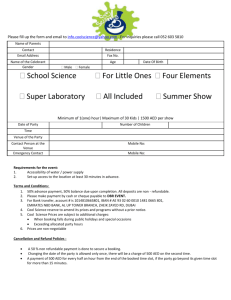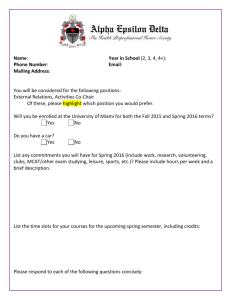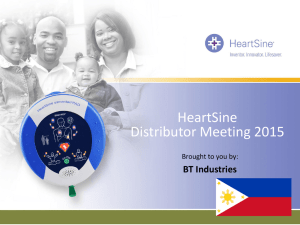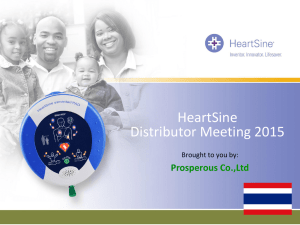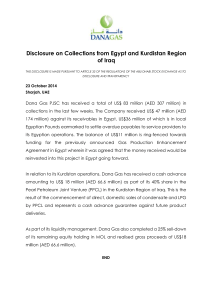Health and Safety Code
advertisement
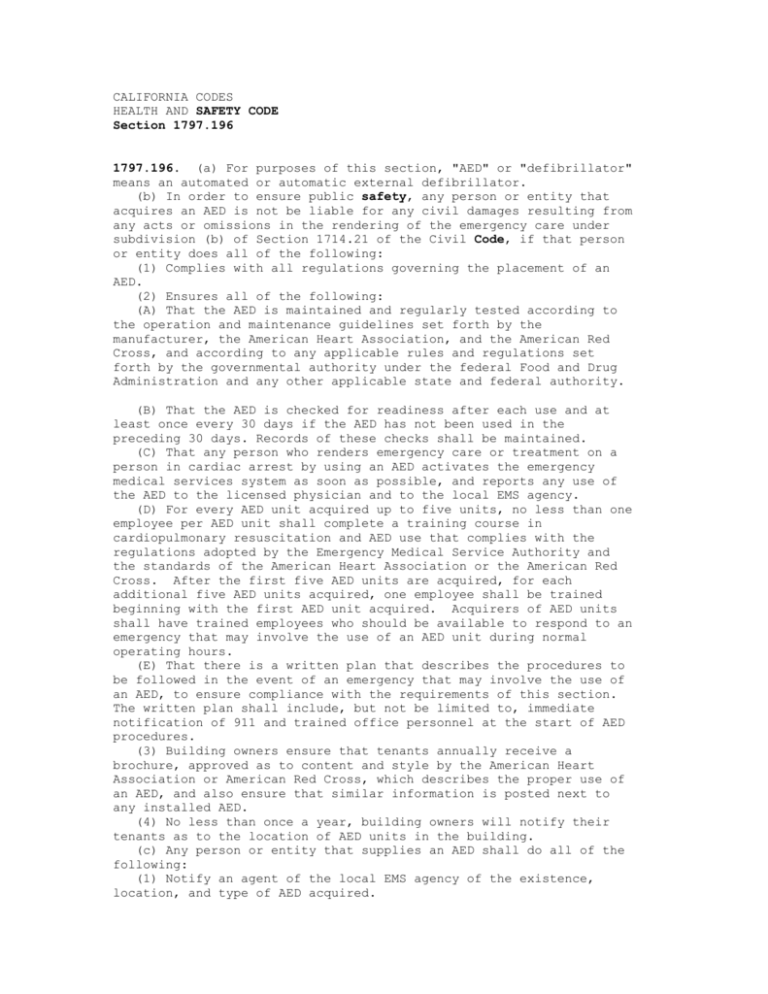
CALIFORNIA CODES HEALTH AND SAFETY CODE Section 1797.196 1797.196. (a) For purposes of this section, "AED" or "defibrillator" means an automated or automatic external defibrillator. (b) In order to ensure public safety, any person or entity that acquires an AED is not be liable for any civil damages resulting from any acts or omissions in the rendering of the emergency care under subdivision (b) of Section 1714.21 of the Civil Code, if that person or entity does all of the following: (1) Complies with all regulations governing the placement of an AED. (2) Ensures all of the following: (A) That the AED is maintained and regularly tested according to the operation and maintenance guidelines set forth by the manufacturer, the American Heart Association, and the American Red Cross, and according to any applicable rules and regulations set forth by the governmental authority under the federal Food and Drug Administration and any other applicable state and federal authority. (B) That the AED is checked for readiness after each use and at least once every 30 days if the AED has not been used in the preceding 30 days. Records of these checks shall be maintained. (C) That any person who renders emergency care or treatment on a person in cardiac arrest by using an AED activates the emergency medical services system as soon as possible, and reports any use of the AED to the licensed physician and to the local EMS agency. (D) For every AED unit acquired up to five units, no less than one employee per AED unit shall complete a training course in cardiopulmonary resuscitation and AED use that complies with the regulations adopted by the Emergency Medical Service Authority and the standards of the American Heart Association or the American Red Cross. After the first five AED units are acquired, for each additional five AED units acquired, one employee shall be trained beginning with the first AED unit acquired. Acquirers of AED units shall have trained employees who should be available to respond to an emergency that may involve the use of an AED unit during normal operating hours. (E) That there is a written plan that describes the procedures to be followed in the event of an emergency that may involve the use of an AED, to ensure compliance with the requirements of this section. The written plan shall include, but not be limited to, immediate notification of 911 and trained office personnel at the start of AED procedures. (3) Building owners ensure that tenants annually receive a brochure, approved as to content and style by the American Heart Association or American Red Cross, which describes the proper use of an AED, and also ensure that similar information is posted next to any installed AED. (4) No less than once a year, building owners will notify their tenants as to the location of AED units in the building. (c) Any person or entity that supplies an AED shall do all of the following: (1) Notify an agent of the local EMS agency of the existence, location, and type of AED acquired. (2) Provide to the acquirer of the AED all information governing the use, installation, operation, training, and maintenance of the AED. (d) A violation of this provision is not subject to penalties pursuant to Section 1798.206. (e) The protections specified in this section do not apply in the case of personal injury or wrongful death that results from the gross negligence or willful or wanton misconduct of the person who renders emergency care or treatment by the use of an AED. (f) Nothing in this section or Section 1714.21 shall be construed to require a building owner or a building manager to acquire and have installed an AED in any building. (g) This section shall remain in effect only until January 1, 2008, and as of that date is repealed, unless a later enacted statute, that is enacted before January 1, 2008, deletes or extends that date. 1797.196. (a) For purposes of this section, "AED" or "defibrillator" means an automated or automatic external defibrillator. (b) In order to ensure public safety, any person who acquires an AED shall do all of the following: (1) Comply with all regulations governing the training, use, and placement of an AED. (2) Notify an agent of the local EMS agency of the existence, location, and type of AED acquired. (3) Ensure all of the following: (A) That expected AED users complete a training course in cardiopulmonary resuscitation and AED use that complies with regulations adopted by the Emergency Medical Services (EMS) Authority and the standards of the American Heart Association or the American Red Cross. (B) That the defibrillator is maintained and regularly tested according to the operation and maintenance guidelines set forth by the manufacturer, the American Heart Association, and the American Red Cross, and according to any applicable rules and regulations set forth by the governmental authority under the federal Food and Drug Administration and any other applicable state and federal authority. (C) That the AED is checked for readiness after each use and at least once every 30 days if the AED has not been used in the preceding 30 days. Records of these periodic checks shall be maintained. (D) That any person who renders emergency care or treatment on a person in cardiac arrest by using an AED activates the emergency medical services system as soon as possible, and reports any use of the AED to the licensed physician and to the local EMS agency. (E) That there is involvement of a licensed physician in developing a program to ensure compliance with regulations and requirements for training, notification, and maintenance. (c) A violation of this provision is not subject to penalties pursuant to Section 1798.206. (d) This section shall become operative on January 1, 2008.
